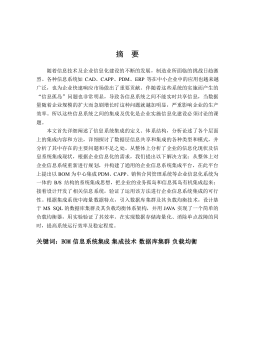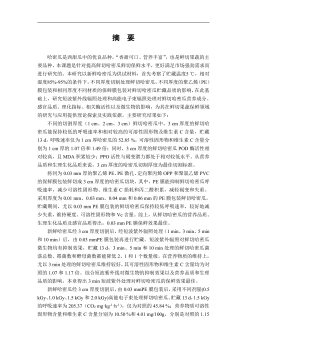从言效等同理论看欧•亨利短篇小说的汉译
VIP免费
ABSTRACT
Backed by the translation approach of perlocutionary equivalence, the primary
purpose of this paper is to carry out a study on how to reproduce O. Henry’s terse and
humorous language, that is to say, a study focusing on examining the linguistic
preference and culture-rooted devices of O. Henry, and producing an equivalent reading
effect of terseness and humor on the language level and his peculiar consideration and
sympathy towards the common people on the literary aesthetic level in Chinese
translation.
The translation approach of perlocutionary equivalence is advanced by Leo
Hickey, a professor of University of Salford (Britain). He suggested that “the translator
must aim to provide a text capable of offering its readers the opportunity of
experiencing an analogous (perlocutionary) effects to that which the source text offered
its own readers”. This approach provides a new angle for the evaluation of translated
works, which shifts from the traditional focus of message to that of the response of the
receptor. In this paper, the approach serves as a principle to assess the two Chinese
versions of O. Henry’s short stories.
O. Henry is a well-known American short story writer, whose works are honored
as the “humorous encyclopedia of American life”. He is a master of creating short
stories. O. Henry’s stories reflect his exquisite insight to the society and dearly
sympathy to the common people. His writing style is featured with the terse language
from common people and humorous tone from elaborate layout, through which a single
or unique effect of tangible consideration and sympathy towards the common people,
especially those low-status ones, is shaped.
Based on the fresh translation approach, the paper spares no effort to find ways to
achieve a perlocutionary equivalence on the levels of lexical, sentential, figures of
speech and cultural, in the translation of O. Henry’s short stories through illustrations.
All the examples in this paper are from Mr. Wang Yongnian’s (王永年) work and Mr.
Zhang Jinghao’s (张经浩) work, for their popularity and excellent crafts. The original
version is from The Four Million and Other Stories, published by New York Airmont
Publishing Company, Inc. in 1963.
The paper consists of five chapters. Chapter One is an introduction of the paper.
Chapter Two is a theoretical study of perlocutionary equivalence. It is divided into three
parts: the first part is a general introduction of the origin of perlocution; the second part
is about confines of perlocutionary equivalence; the third part is the various aspects of
achieving a perlocutionary equivalence in a translation, including the linguistic aspect
and cultural aspect, reasonable translation crafts, and the indispensable role of the reader.
Chapter Three is an introduction to O. Henry’s short stories and his perlocutionary
effects, namely, terseness in language and humor in tone. Chapter Four is the
reproducing of O. Henry’s short stories. It is made up of two parts: part one focuses on
how to reproduce his stories from linguistic aspect, including three levels, the lexical,
the sentential and the rhetoric levels, respectively; part two focuses on the cultural
aspect, which mainly centers on the translation of allusion. Then the paper ends in
conclusion.
These discussions serve as an appreciation as well as a critique, and will offer us a
clearer view of how to translate O. Henry’s stories effectively.
Key Words: perlocutionary equivalence, short story, effect, language
摘 要
根据英国索尔福德大学(University of Salford)研究员、教授利奥·希基提出的
言效等同理论,本文对如何在欧·亨利短篇小说的汉译中达到言效等同进行了研
究。
与传统的翻译理论不同,言效等同理论从另一角度为翻译提供了一个衡量的
标准。传统的翻译理论把翻译的重点放在语言的表现形式上,而希基则认为翻译
的重点应当是使译文读者能够体会到和原文读者类似的文学艺术效果。他的重点
是译者和读者之间的互动反应。本文正是运用了希基教授的言效等同理论来研究
欧·亨利短篇小说的汉译。
欧·亨利是美国杰出的短篇小说家。他的作品构思巧妙、情节离奇、语言精
炼、风格幽默,因而在美国文学史上享有一定的地位。论文从语言和文化的角度
研究如何在其作品的汉译中重现其精炼的语言和幽默的风格。
论文共分五个章节。第一章是绪论,简单介绍了欧·亨利的文学成就、言效
等同理论的背景和论文的研究方法和目的。第二章是翻译理论的研究,共分三节,
详细介绍了言效等同理论的来源及如何在词、句、修辞手段和文化等各方面具体
实现言效等同。第三章是对欧·亨利及其小说的介绍,突出分析介绍了其小说在
原文读者中的反应,主要是语言精炼、风格幽默。第四章重点分析如何在汉译时
达到言后之效等同。论文分别从语言方面,如词、句、修辞手段,和文化方面通
过大量译文例子分析和对比进行说明。文中实例主要来自于王永年老师和张经浩
老师的译本,通过分析,同时也看到了两个译本的得失。最后一章是结论,总结
出言效等同理论的重要性、迫切性和应用性。
本论文是翻译理论的实际应用,同时也是对优秀译本的欣赏及评析。
关键词:言效等同 短篇小说 效果 语言
CONTENTS
ACKNOWLEDGEMENTS
ABSTRACT
中文摘要
Chapter One Introduction .............................................................................................. 1
§1.1 O. Henry: A Unique Figure in American Literature .......................................... 1
§1.2 Translation Approach: Perlocutionary Equivalence ...........................................3
§1.3 Research Object and Paper Structure .................................................................4
Chapter Two Theoretical Study of Perlocutionary Equivalence ....................................5
§2.1 Speech-act Theory ..............................................................................................5
§2.1.1 Illocutionary Force ...................................................................................5
§2.1.2 Perlocutionary Effect ............................................................................... 6
§2.2 Perlocutionary Equivalence ............................................................................... 7
§2.2.1 Definition ................................................................................................. 7
§2.2.2 Confines of Perlocutionary Effect ............................................................8
§2.3 Aspects of Perlocutionary Equivalence ............................................................. 9
§2.3.1 Linguistic Aspect and Cultural Aspect .................................................. 10
§2.3.2 Translation Strategy and the Reader’s Role ............................................ 12
§2.4 Summary .......................................................................................................... 14
Chapter Three O. Henry’s Short Stories ...................................................................... 15
§3.1 Introduction of O. Henry and His Short Stories .............................................. 15
§3.2 Perlocutionary Effect of O. Henry’s Short Stories ...........................................17
§3.2.1 Terse Language ......................................................................................17
§3.2.2 Humorous Tone ..................................................................................... 19
Chapter Four Reproducing Perlocutionary Effect of O. Henry’s Stories .................... 22
§4.1 Perlocutionary Equivalence from Linguistic Aspect ....................................... 23
§4.1.1 Lexical Level ......................................................................................... 23
§4.1.1.1 Colloquial and Common Words ......................................................... 23
§4.1.1.2 Dialects and Accents ...........................................................................26
§4.1.1.3 Adjective words and Phrases .............................................................. 27
§4.1.2 Sentential Level ..................................................................................... 29
§4.1.2.1 Short and Simple Sentences ................................................................29
§4.1.2.2 Dialogue ..............................................................................................31
§4.1.3 Figures of Speech ...................................................................................32
§4.1.3.1 Simile .................................................................................................. 33
§4.1.3.2 Metaphor ............................................................................................. 35
§4.1.3.3 Hyperbole ............................................................................................36
§4.2 Perlocutionary Equivalence from Cultural Aspect .......................................... 38
Chapter Five Conclusion ..............................................................................................42
Bibliography ................................................................................................................... 44
在读期间公开发表的论文 .............................................................................................46
摘要:
展开>>
收起<<
ABSTRACTBackedbythetranslationapproachofperlocutionaryequivalence,theprimarypurposeofthispaperistocarryoutastudyonhowtoreproduceO.Henry’sterseandhumorouslanguage,thatistosay,astudyfocusingonexaminingthelinguisticpreferenceandculture-rooteddevicesofO.Henry,andproducinganequivalentreadingeffectofterse...
相关推荐
-
跨境电商商业计划书模版VIP免费
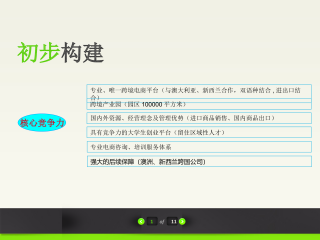
 2025-01-09 27
2025-01-09 27 -
跨境电商方案范文VIP免费
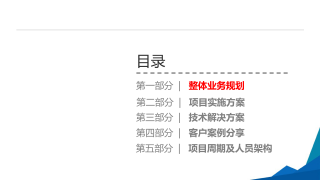
 2025-01-09 14
2025-01-09 14 -
创业计划书VIP免费
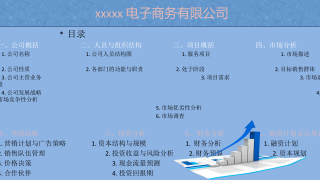
 2025-01-09 18
2025-01-09 18 -
xx生鲜APP计划书VIP免费

 2025-01-09 12
2025-01-09 12 -
跨境电商创业园商业计划书(盈利模式)VIP免费
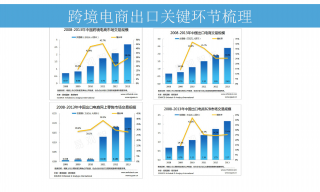
 2025-01-09 8
2025-01-09 8 -
跨境电商计划书VIP免费
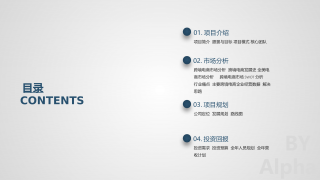
 2025-01-09 13
2025-01-09 13 -
绿色食品电商平台项目计划书VIP免费

 2025-01-09 22
2025-01-09 22 -
农产品电子商务商业计划书VIP免费

 2025-01-09 9
2025-01-09 9 -
农村电商平台商业计划书VIP免费
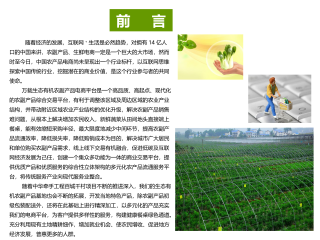
 2025-01-09 13
2025-01-09 13 -
生鲜商城平台商业计划书VIP免费
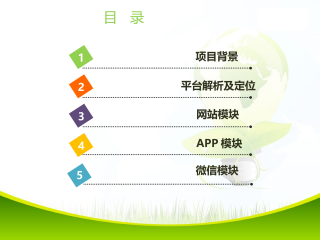
 2025-01-09 21
2025-01-09 21
作者:陈辉
分类:高等教育资料
价格:15积分
属性:50 页
大小:528.11KB
格式:PDF
时间:2024-11-19


